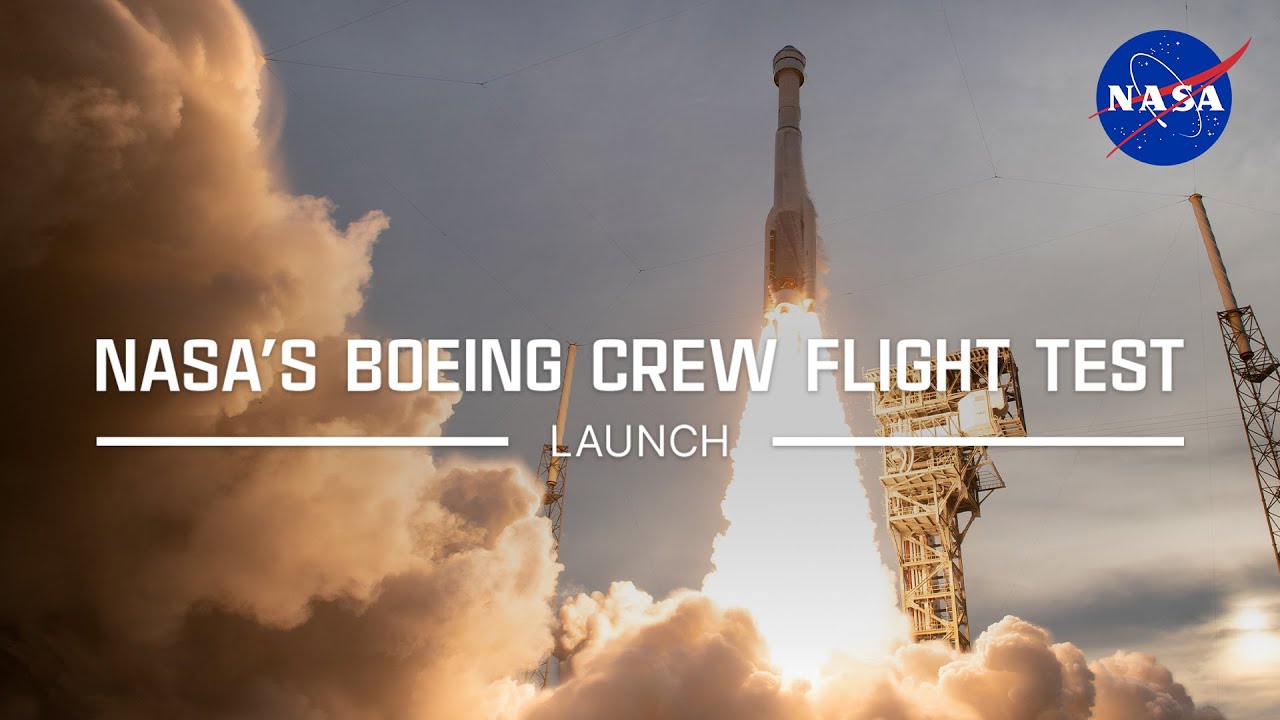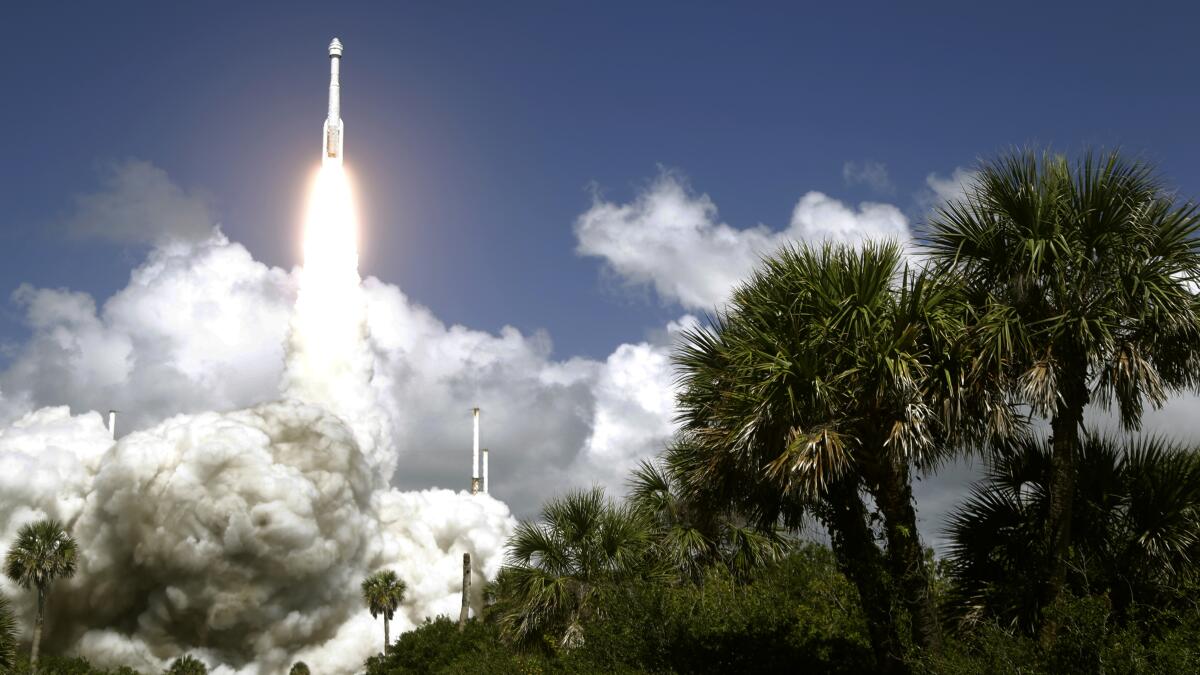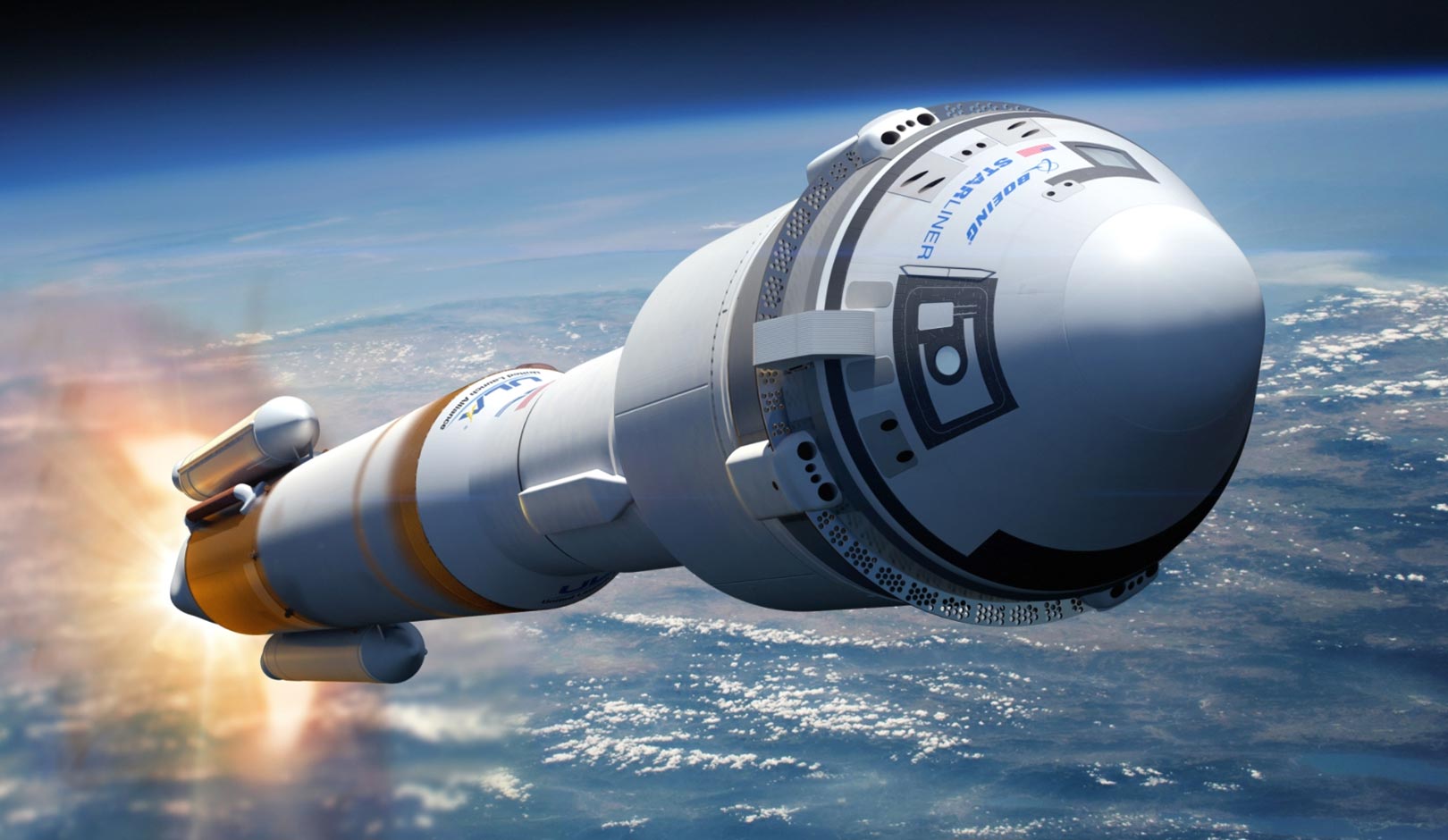NASA and Boeing Starliner Mission Overview

The Boeing Starliner mission is a significant milestone in NASA’s commercial crew program, aiming to develop and qualify a reusable spacecraft for transporting astronauts to and from the International Space Station (ISS). This mission marks the first operational flight of the Starliner spacecraft, demonstrating its capabilities and paving the way for future crewed missions.
The mission is scheduled to launch on May 19, 2023, from Space Launch Complex 41 at Cape Canaveral Space Force Station in Florida. The Starliner will carry two NASA astronauts, Barry “Butch” Wilmore and Sunita Williams, on a five-day mission to the ISS.
Technical Details and Innovations

The Boeing Starliner spacecraft is a cutting-edge spacecraft designed to transport astronauts and cargo to and from low Earth orbit. It incorporates several innovative design features and advanced technologies that set it apart from previous spacecraft.
Design and Capabilities
The Starliner is a reusable spacecraft with a sleek, conical shape. It has a diameter of 4.5 meters and a height of 5.6 meters. The spacecraft is divided into two main sections: the crew module and the service module. The crew module provides living quarters for up to four astronauts and is equipped with a variety of life support systems. The service module houses the spacecraft’s propulsion system, power generation systems, and other essential subsystems.
The Starliner is designed to be launched into orbit by a variety of launch vehicles, including the United Launch Alliance Atlas V and the SpaceX Falcon 9. Once in orbit, the spacecraft can dock with the International Space Station (ISS) or other orbiting spacecraft. The Starliner is also capable of performing autonomous maneuvers, such as rendezvous and docking, without human intervention.
Propulsion System
The Starliner’s propulsion system is one of its most innovative features. The spacecraft is powered by a unique hybrid propulsion system that combines chemical propulsion with electric propulsion. The chemical propulsion system uses liquid oxygen and liquid hydrogen propellants to provide thrust for launch and orbital maneuvers. The electric propulsion system uses xenon gas to provide low-thrust propulsion for fine-tuning the spacecraft’s orbit and for attitude control.
The hybrid propulsion system provides the Starliner with several advantages over traditional chemical propulsion systems. The electric propulsion system is more efficient than chemical propulsion, which means that the Starliner can carry less propellant and still achieve the same performance. The electric propulsion system is also more environmentally friendly, as it does not produce any harmful emissions.
Advanced Technologies, Nasa, boeing starliner launch
The Starliner incorporates a number of advanced technologies that enhance its capabilities and safety. These technologies include:
* Autonomous navigation and docking systems: The Starliner is equipped with a suite of sensors and computers that allow it to navigate and dock with the ISS autonomously. This system reduces the need for human intervention and makes the docking process safer and more efficient.
* Advanced life support systems: The Starliner’s life support systems are designed to provide astronauts with a comfortable and safe environment during their stay in space. These systems include air purification, water recycling, and temperature control systems.
* Radiation protection: The Starliner is equipped with a radiation protection system that shields astronauts from harmful radiation exposure. This system is essential for protecting astronauts during long-duration missions in space.
The Boeing Starliner is a state-of-the-art spacecraft that incorporates a number of innovative design features and advanced technologies. These features and technologies make the Starliner a versatile and capable spacecraft that is well-suited for a variety of missions in low Earth orbit.
Scientific Objectives and Expected Outcomes: Nasa, Boeing Starliner Launch

Nasa, boeing starliner launch – The Boeing Starliner mission is designed to advance our understanding of space exploration and human spaceflight, and to conduct scientific experiments and research in low Earth orbit. The mission will provide valuable data on the effects of space travel on the human body, and will help us to develop new technologies and procedures for future space missions.
One of the primary scientific objectives of the mission is to study the effects of microgravity on the human body. Astronauts on the Starliner will participate in a variety of experiments designed to measure the effects of microgravity on their bones, muscles, cardiovascular system, and immune system. The results of these experiments will help us to better understand the challenges of long-duration space travel, and will help us to develop new ways to protect astronauts from the effects of microgravity.
Experiments and Research
- The Starliner mission will also conduct a variety of experiments in low Earth orbit. These experiments will cover a wide range of topics, including astrophysics, Earth science, and materials science. The results of these experiments will help us to better understand the universe, and will help us to develop new technologies for future space missions.
Potential Implications and Applications
The Boeing Starliner mission has the potential to make significant contributions to our understanding of space exploration and human spaceflight. The mission will provide valuable data on the effects of microgravity on the human body, and will help us to develop new technologies and procedures for future space missions. The mission will also conduct a variety of experiments in low Earth orbit, the results of which will help us to better understand the universe and develop new technologies for future space missions.
NASA’s recent Boeing Starliner launch marked a significant milestone in space exploration. While the mission faced some technical challenges, it paved the way for future crewed missions to the International Space Station. As we eagerly await the next launch, we can also turn our attention to other captivating narratives, such as Rotten Tomatoes: The Acolyte.
This insightful analysis of the upcoming Star Wars series promises to delve into the dark and mysterious corners of the galaxy far, far away. As the countdown continues for both the Starliner launch and the release of The Acolyte, we are reminded of the boundless possibilities that lie ahead in both space and entertainment.
The NASA and Boeing Starliner launch, a significant milestone in space exploration, has reignited discussions about the boundaries of human ambition. Just as the Starliner embarks on its mission, so too do we explore the limits of our own aspirations.
In the realm of literature, barash vow presents a poignant tale of love, sacrifice, and the indomitable spirit that drives us forward. The launch of the Starliner echoes the themes of this literary masterpiece, reminding us that even as we push the boundaries of the known, the human experience remains a constant source of wonder and inspiration.
The NASA and Boeing Starliner launch, a significant milestone in space exploration, has captured the attention of the world. Amidst the anticipation for this historic event, it’s worth noting the parallels with the ancient “Barash Vow” barash vow , a testament to human resilience and the pursuit of knowledge.
Just as the launch embodies the spirit of innovation, the Barash Vow represents the enduring power of tradition and the indomitable human spirit that drives us to reach for the stars.
The highly anticipated NASA and Boeing Starliner launch, a significant milestone in space exploration, is set to take place soon. While we eagerly await this historic event, let’s not forget the captivating new television series “The Acolyte,” which has garnered rave reviews on Rotten Tomatoes.
With its stellar cast and gripping storyline, the show promises to be a must-watch. As we count down to the Starliner launch, we can delve into the world of “The Acolyte” and immerse ourselves in a galaxy far, far away.
With the recent successful launch of NASA’s Boeing Starliner, the space agency is poised to expand its human spaceflight capabilities. However, as the acolyte osha takes on a more prominent role in ensuring workplace safety, NASA must remain vigilant in adhering to the highest standards of safety and ethics.
The upcoming crewed Starliner mission will provide valuable data for future space exploration, but only if it is conducted with the utmost care and attention to detail.
